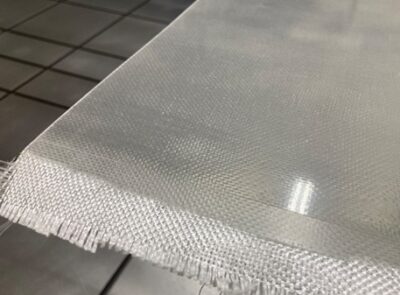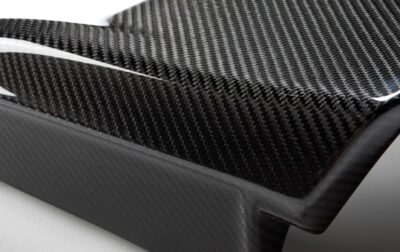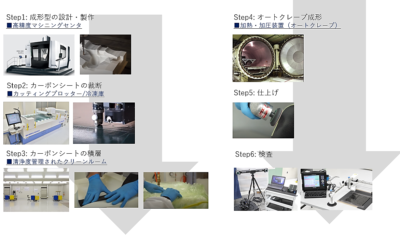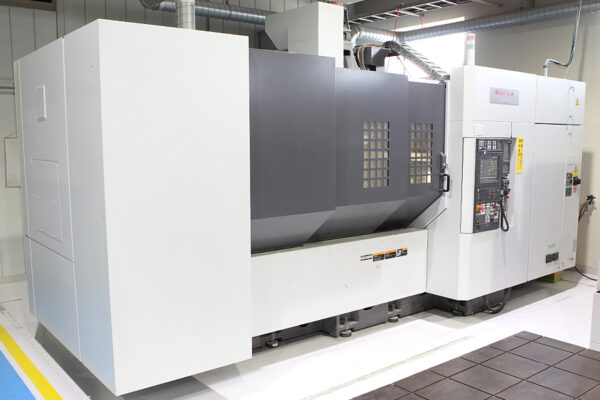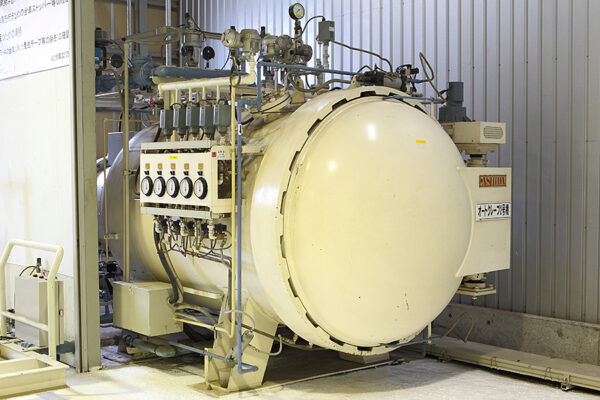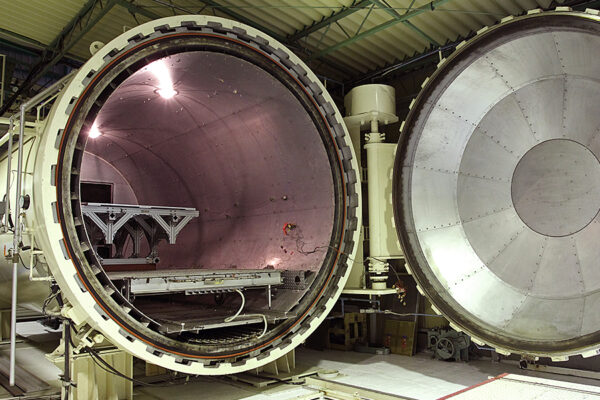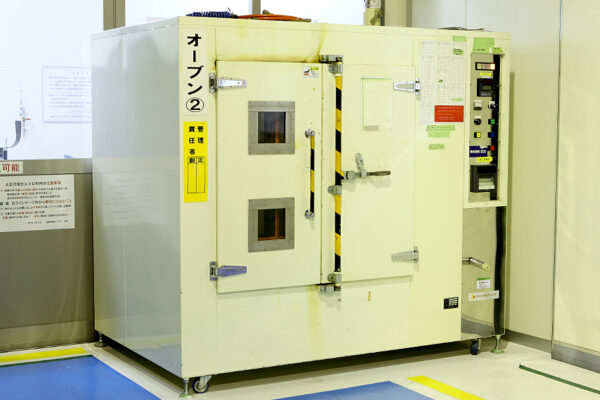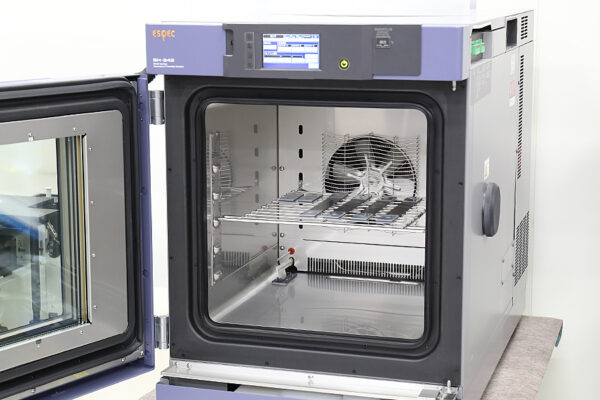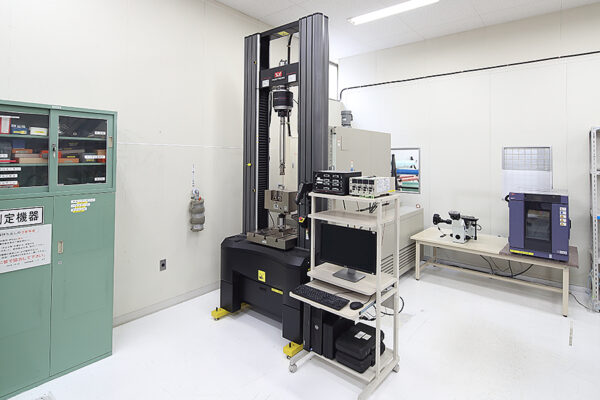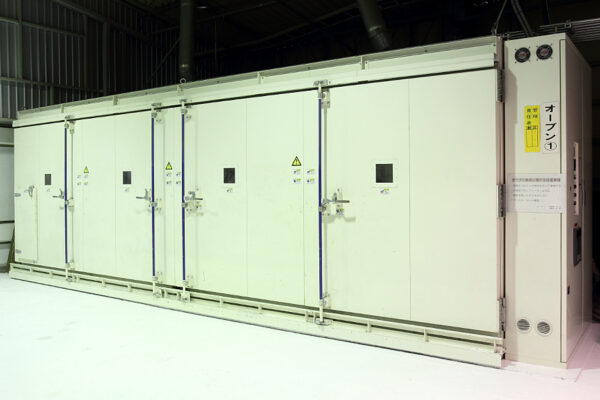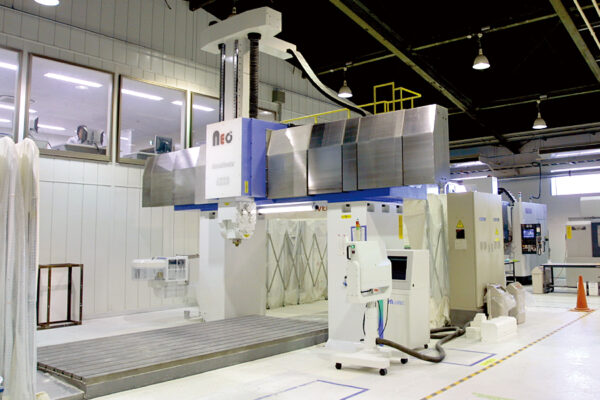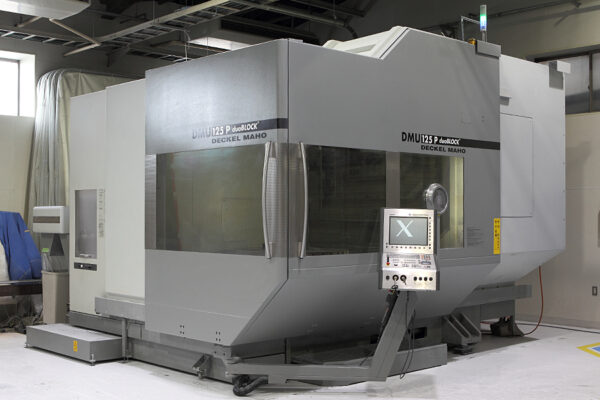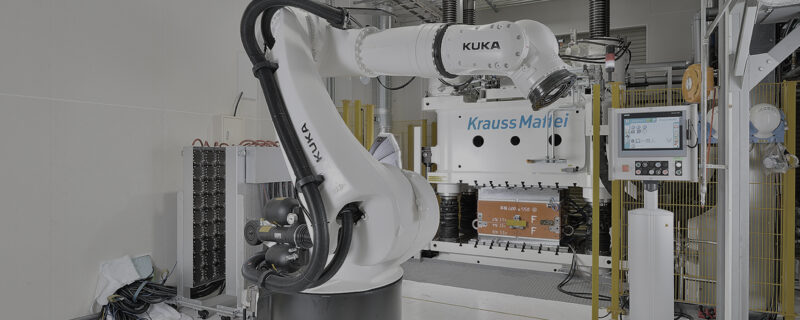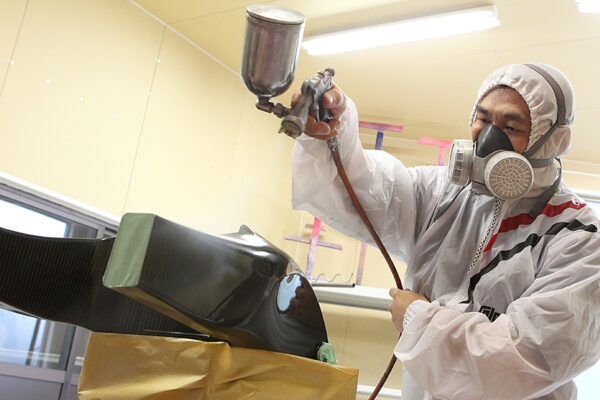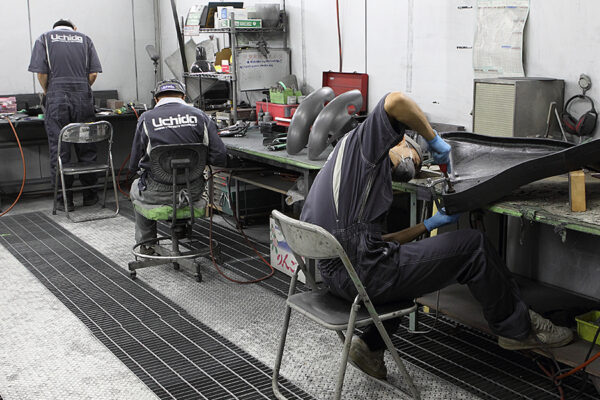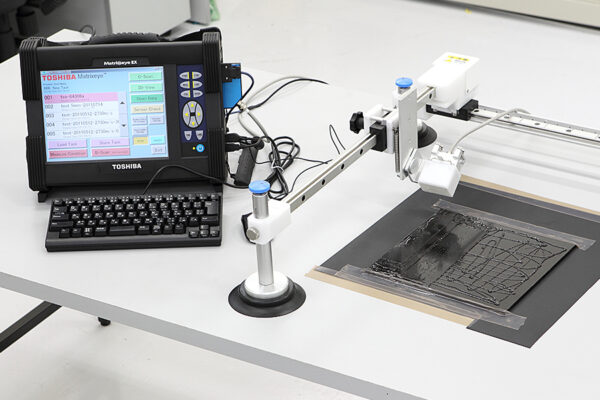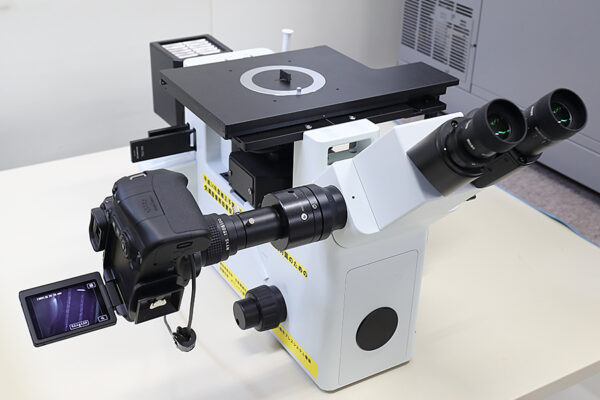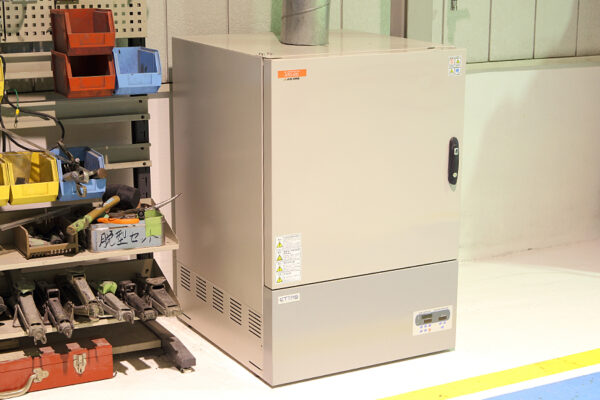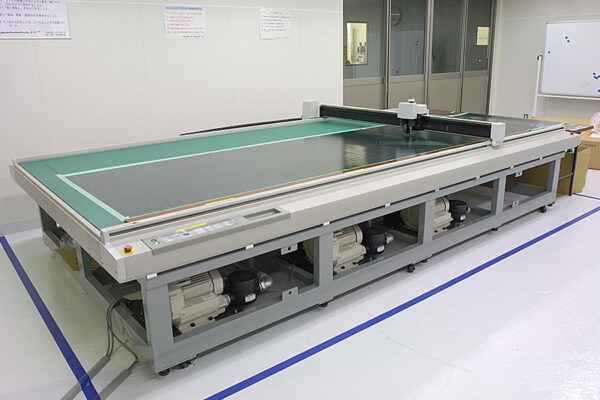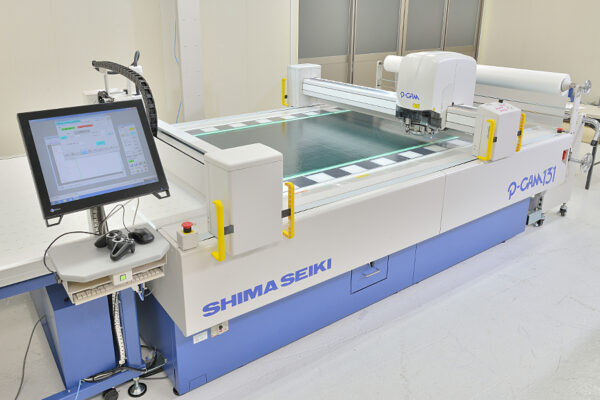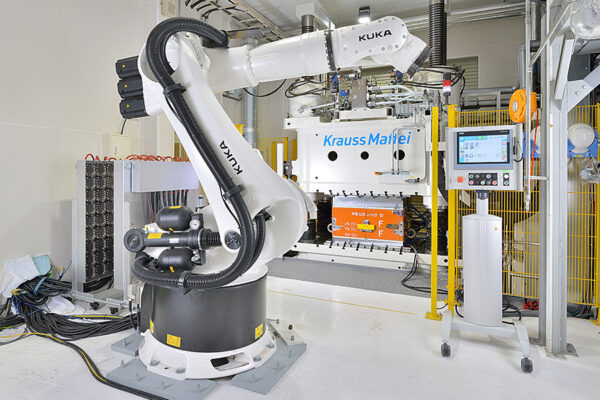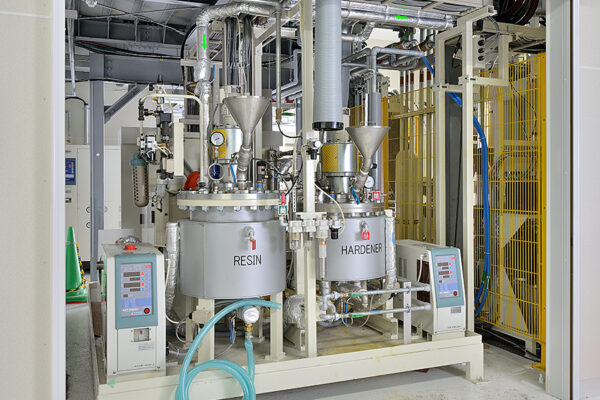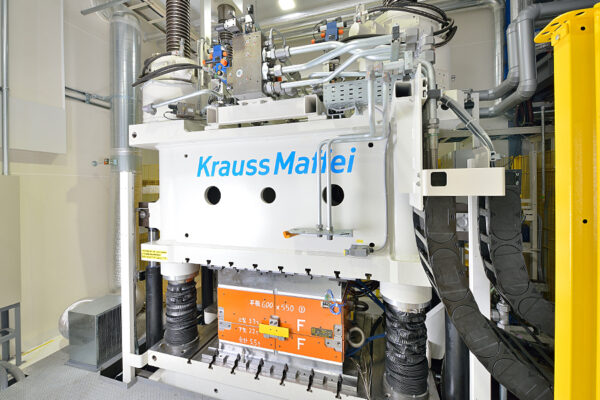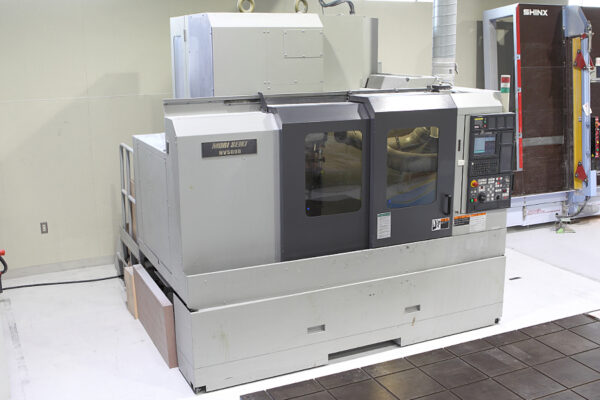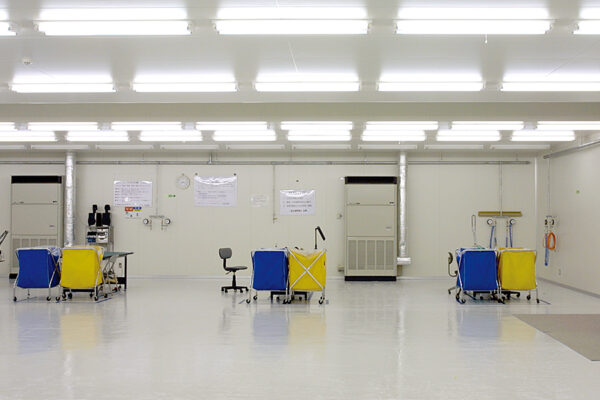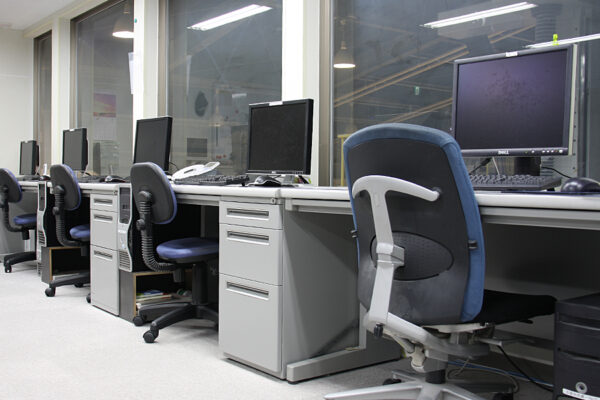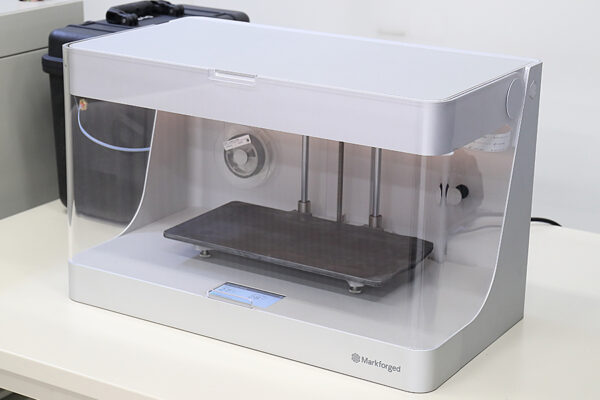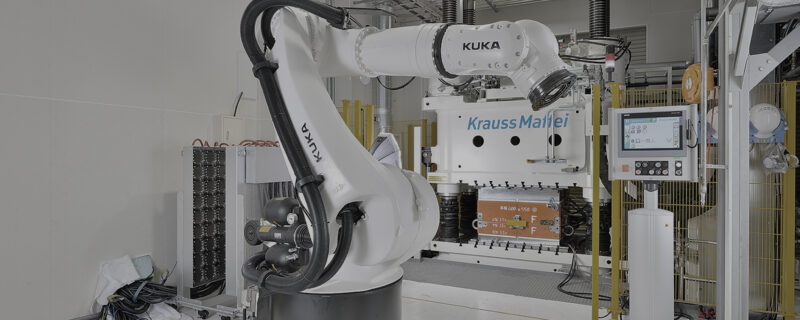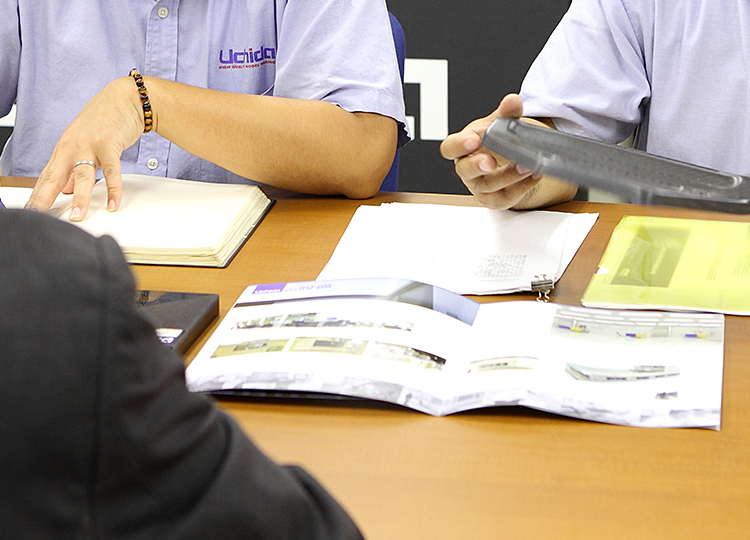Introduction
FRP, GFRP, and CFRP have become familiar jargon in recent years. But what are these materials and how are they commercialized?
FRP: Fiber Reinforced Plastic
Fiber Reinforced Plastic, or FRP, is a composite material composed of a polymer matrix (resin) and reinforcing fibers. Glass fibers are the most common constituent used for reinforcement.
GFRP: Glass Fiber Reinforced Plastic
As the name suggests, Glass Fiber Reinforced Plastic (GFRP) is a composite material that employs glass fiber to enhance tensile strength and performance. Polyester or epoxy resins are the most common form of resin used as the matrix. The composition of glass fibers and epoxy resin is typically referred to as “glass epoxy”.
Since its advent in the 1940s, GFRP and glass epoxy have been leveraged in many structural and modeling applications due to their high plastic-like form-flexibility and added potential to reduce weight and enhance strength using glass fibers. Car enthusiasts may better imagine it as a material used for aero parts. Both FRP and GFRP refer to composite materials based on glass fibers, so they have almost the same meaning.
CFRP: Carbon Fiber Reinforced Plastic
Carbon Fiber Reinforced Plastics, or CFRP, is a composite material reinforced with carbon fibers. The sleeker design appearance of CFRP coupled with its lighter, stronger, and more rigid properties, compared to glass fibers, has led to its widespread application in aircrafts, automobile exterior components, fishing rods, golf shafts, and similar. In summary, GFRP, CFRP, and FRP are all fiber reinforced plastics of the same family of composites.
The initial letter refers to the type of fiber used; C being carbon, G being glass fibers, and A being aramid fibers. Since CFRPs are composed from a combination of reinforcing fibers and resin (plastic), they are referred to as a “composite” or “composite material”.
Manufacturing Method
CFRP exhibits diverse and impressive qualities. But how is this advanced material produced? While many methods exist, let’s look at the leading method used for CFRP fabrication—autoclave molding.
Summary
While the terms GFRP, FRP, CFRP, and composite are often used interchangeably, there are some key differences. GFRP is considered an advanced composite material despite having a history of use stemming back over 80 years, since its advent. The later development of carbon fibers further expanded potential, leading to the widespread use of CFRP in various fields. The key difference is that GFRP is a relatively inexpensive insulating material, whereas CFRP is an electrically conductive material that demands a higher price. The choice of material depends on the specifications of the application.
Related useful contents
You can explore related content by clicking on a topic of interest.
ABOUT UCHIDA - 55 years since our founding
We leverage a wealth of technical expertise as a CFRP molding and processing manufacturer using FRP, GFRP, and CFRP materials. We offer a one-stop solution, encompassing design, analysis, manufacturing, secondary processing, assembly, painting, quality assurance, and testing.
UCHIDA's equipment
We have cutting-edge equipment to ensure that we can address even the most advanced challenges of our customers.
Video Library
In the following video, we provide a detailed overview of our manufacturing process. Please feel free to watch and learn more.


